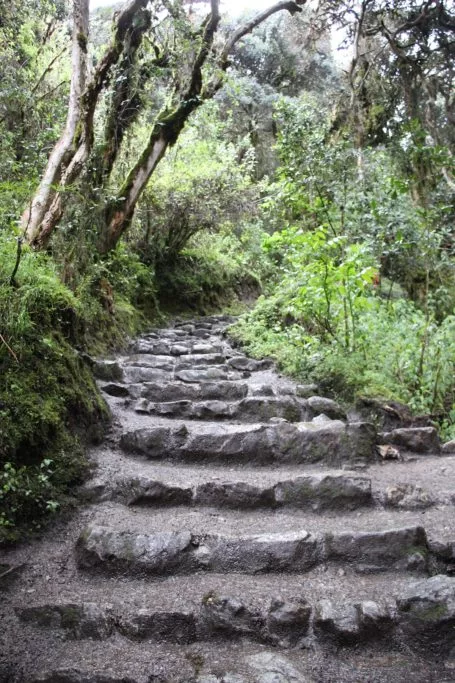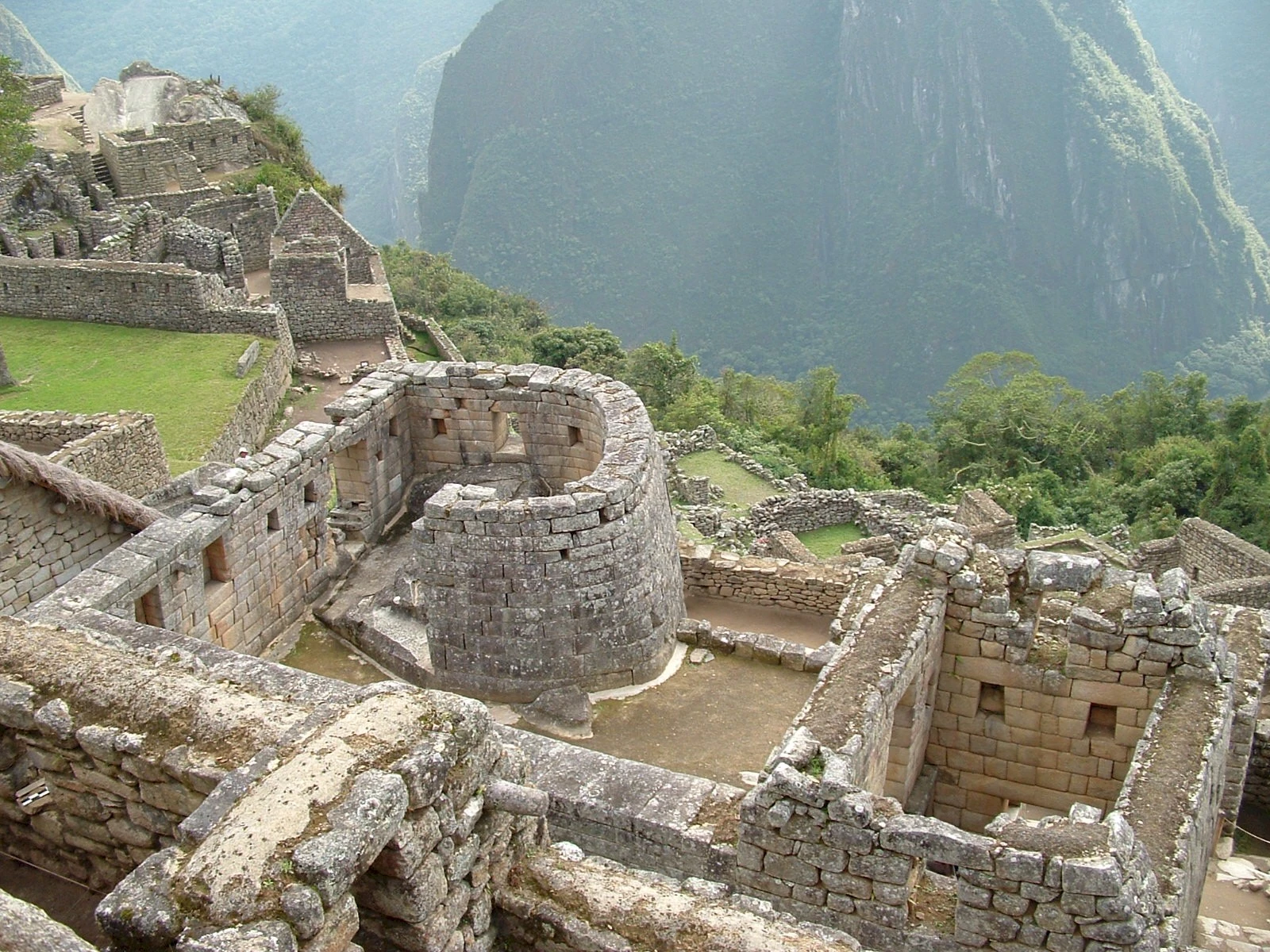Day-1: Lima
Arrival in Lima, reception and transfer to your hotel.
Day-2: Lima - Cuzco (B)
Flight and arrival in Cuzco, reception and transfer to Hotel. Cusco is the starting point for most journeys to Machu Picchu and sits at 3400 metres above sea level, so many travellers experience altitude sickness here. For this reason it's worth spending a few days in town and taking your time acclimatising. Remainder of the day at leisure
Day-3: Cuzco (B)
Afternoon guided visit of four ruins nearby; Sacsayhuaman Fortress overlooking Cuzco, a pre Inca architectural masterpiece; Kenko, a rock sanctuary whose main attraction is the monolithic altar representing a puma, the red Fortress of Puca-Pucara and Tambomachay, a beautiful fountain fed by a spring forming a series of basins; continue to Cuzco; the Main Square, Cathedral and Koricancha or Temple of the Sun. Return to your hotel.
Day-4: Sacred Valley - PISAC - Ollantaytambo (Breakfast & buffet lunch)
Full-day excursion of the beautiful Urubamba, Sacred Valley of the Inca situated between Pisac and Ollantaytambo. It is an exceptionally fertile valley that was and still remains the larder of Cuzco. Visit Pisac village, founded during colonial times, and set at the foot of a hill crowned by the remains of an ancient Inca city. On Sundays, Tuesdays and Thursdays, Indians barter products in the main square and artisans from around the area sell their woven alpaca wool blankets and ponchos, engraved gourds, antique reproductions, jewellery, etc. On Sundays it is also a meeting place for Mayors from all villages in the region, dressed in their traditional costumes to attend morning mass. Ollantaytambo, also known as Ollanta, offers a traditional Inca experience with its cobbled streets, small traditional stone houses and canals. The attraction is the the nearby ruins on the outskirts of town. It was the a former Inca administrative center and served as the last stronghold for Inca Manco Yupanqui, leader of the Inca at the time. The steep terraces served as a fortress during the Spanish conquest, and are one of the few locations in Peru where the Spanish conquistadors lost their battle. Overnight accommodation in Ollantaytambo.
INCA TRAIL TREK TO MACHU PICCHU STARTS
(Breakfast, lunch & dinner included - only breakfast on final day)

Day-5: Chilca - Wayllabamba
After an early morning breakfast, you will be transferred to Chilca by bus, where we meet our Quechua porters and have breakfast before joinign the Inca trail to Machu Picchu. Crossing over the turbulent Vilcanota River, with magnificent views of Nevado Veronica (5,900m/19,000ft) we will continue hiking admiring the Llactapata archaeological site, and stopping at Huayllabamba river for lunch. We will visit the archeological sites of Patallacta, Qente, and valley of Cusichaca and magical Polyepsis forest. Today the Inca trek will last approximately 7 hours, arriving in camp around 17h00. Camp and dinner at 3,800 meters. Overnight on the trail to Machu Picchu.
Day-6: Wayllabamba - Pacamayu
Today is the most demanding day of the trip as we gain a lot of altitude. We will see outstanding views east to the Huayanaya peaks and west into the rugged Vilcabamba Range. After breakfast, we will continuously climb up through the first pass at 4,200 m/13,750 feet at Warmiwanusqa. Passing 3 ecological areas such as the Yunga, Quechua and Puna. we will climb 1000 metres in 5 hours. On the descent to our lunch spot, we encounter a large number of stairs. After lunch, we again climb about 500m in altitude before dropping again, about a further 400.Today camp and dinner near Pacamayu. Overnight on the trail.

Day-7: Pacamayu - Winayhuayna
Today is a much easier and shorter day. After breakfast, we will trek down through the valley of Pacamayu to the famous archaeological sites of Runquraqay. We will continue to the second pass and the restored town site of Sayaqmarka ("Town in a Steep Place") and explore the Sayaqmarka Ruins. The Inca Trail in this section is a white granite roadway, traversing a thickly forested mountainside known as the cloud forest. We will then descend to the magnificent archeological Phuyupatamarka ("cloud Level Town") and have lunch. We will then begin the decent to Winaywayna where a visit of the ruins and have dinner.
Day-8: Winayhuayna - Machu Picchu - Cuzco (B)
Early morning wake up at 4:30 a.m. for breakfast and to begin the trek to be the first at the archaeological site of Macchu Picchu for the sunrise. We will descend rapidly from cloud forest into high jungle habitat. Orchids and hummingbirds are commonly seen along this spectacular section of the trail high above the river.
We will arrive at Intipunko "Gate of the Sun" to observe the sunrise over Macchu Picchu from an elevated vantage point. We continue down to the royal road and at last the "Lost City of the Incas". A guided tour of the marvelous citadel, visiting the Main Plaza, the Royal Quarters, the Temple of Three Windows, the Circular Tower and the Sacred Sun Dial and Burial Grounds. After the guided tour, transfer to Aguas Calientes onto the train station for your return train to Cuzco. Arrival and transfer to your hotel.
Day-9: Cuzco - Lima (B)
Return flight to Lima and transfer to your hotel. Last night's accommodation in Peru.
Day-10: Lima (B)

Depart Lima
End of services
